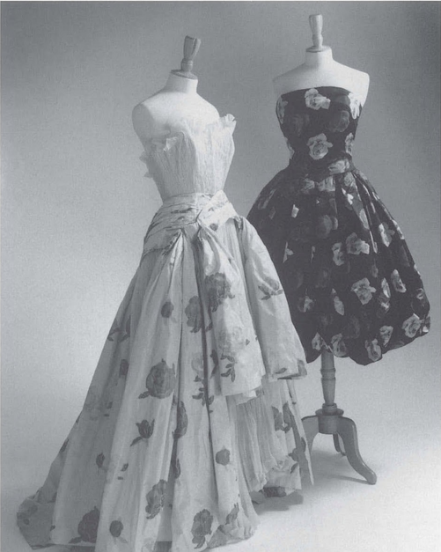It is worth noting that people have always sought to understand their own identity. The individual’s desire or need for identification is due to the search for stability in the rapid flow of global change. Mass culture, advertising, and other significant factors might have a major influence on the formation of human identity in society, as well as while communicating with other people. The purpose of this paper is to consider the way fashion as a symbolic value can be used to identify gender.
Background
Initially, fashion was a means of forming attraction, that is to say, a special attitude to perception. It played a positive role in interpersonal communication and helped shape the attractiveness of a person in the eyes of other people. In particular, fashion had a function to emphasize gender identity, which was observed throughout centuries (Barnard 113).
For instance, in the olden Egyptian clothes, it was possible to trace clearly the way women reflected their gender identity through clothing, the use of fabrics, and special accents in accessories. The clothing of the Asian peoples reflected the social role of women. In the same manner, clothes in Ancient Rome were also gender specific, in which men’s suits accentuated majesty, and female dresses – beauty and flirtatiousness. Later, in the Middle Ages, men tried to emphasize their ascetic way of life through clothing and accessories, and women clothing reflected the refinement inherent in females of that epoch.
Core Theories
There are many theories that address the way fashion can be used to identify gender; however, each of them supports major points. The majority of experts in the field stress that fashion (clothing and accessories in particular) does not influence directly the way people behave or oversee the world that surrounds them and its peculiarities (McCracken 113). Nonetheless, it does represent the visual communication of the individual’s message. That is to say, fashion adoption implies or enables a person to transmit socially formed representations of gender (Paoletti 7). Image 1 displays a type of clothing, which is typically referred to as female due to commonly accepted representations.

Another theoretical approach to fashion and gender identification is linked directly to the way cultures and subcultures form people’s perceptions of female or male sex. To be more precise, each nation or culture has its individual representations of masculinity and femininity, which can be perceived differently by the representatives of various cultures (Kaiser 101). A vivid example is Scottish kilt, which is a traditional element of Scottish male clothing. However, wearing this type of clothing might be inappropriate in other cultures.
Another theory on fashion and gender identification dwells upon imitative nature of gender. Theorists state that women can imitate the behavior of other females while men can adopt the behavioral patterns of other men (Entwistle 202). In the same manner, fashion has an ability to express the imitative nature of gender, which can be reflected in the fact that many people perceive skirts as a strictly female type of clothing while a tie is an accessory most often worn by males.
Conclusion
Thus, it can be concluded that fashion does assist in identifying gender. Nevertheless, the theory suggests that it proceeds through allusions to cultural norms and standards accepted by a particular group of people. Despite the fact that there are certain representations of gender that are exhibited in fashion, each person can manifest gender or can choose not to do so in accordance with his or her individual views of these domains. Therefore, fashion provides an opportunity either to consolidate or to question the existing and commonly accepted gender norms.
Works Cited
Barnard, Malcolm. Fashion Theory. Routledge, 2014.
Entwistle, Joanne. The Fashioned Body. John Wiley & Sons, 2015.
Kaiser, Susan. Fashion and Cultural Studies. A&C Black, 2013.
McCracken, Angela. The Beauty Trade. Oxford University Press, 2014.
Paoletti, Jo. Sex and Unisex. Indiana University Press, 2015.
Waddell, Gavin. How Fashion Works. John Wiley & Sons, 2013.